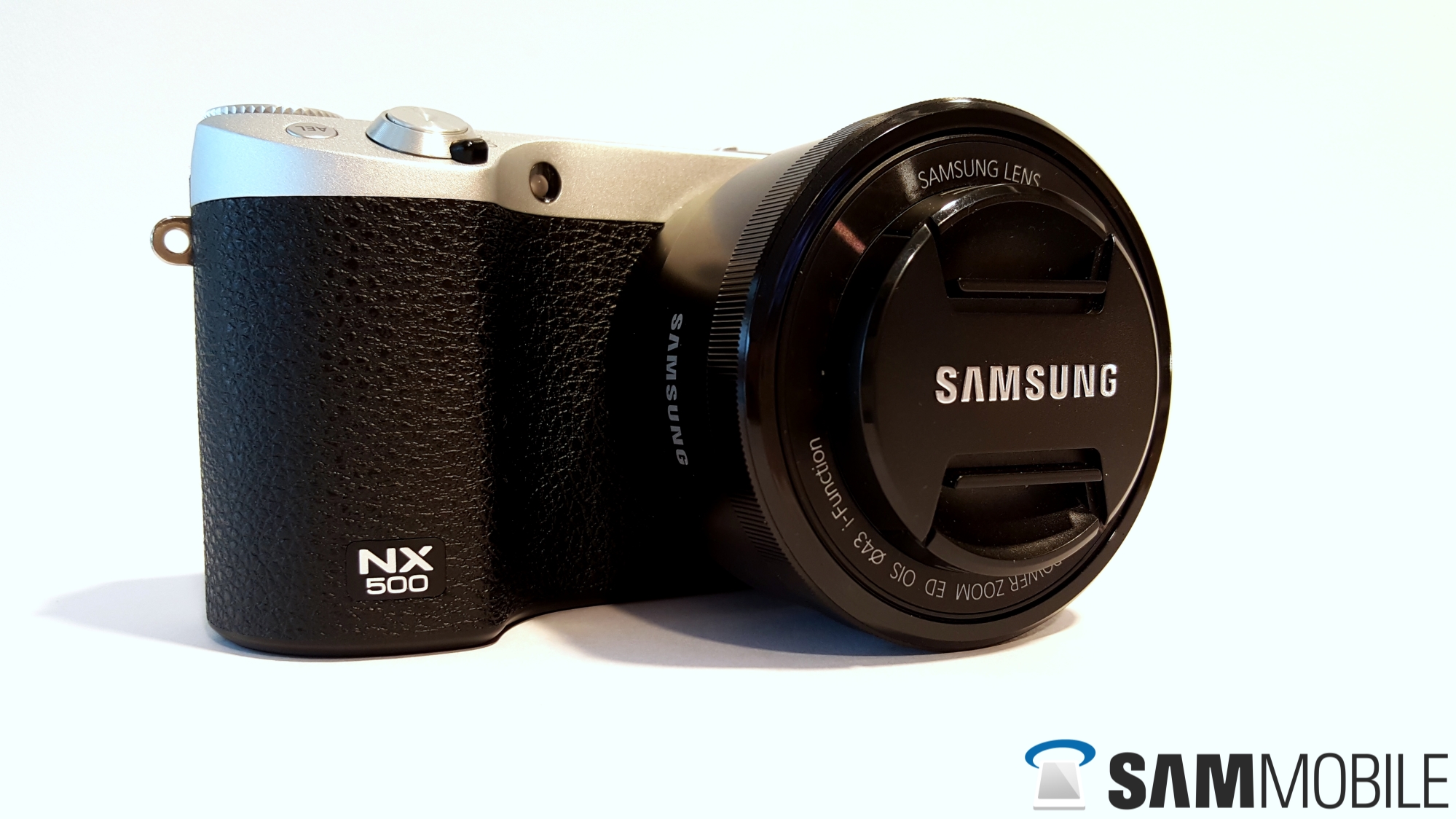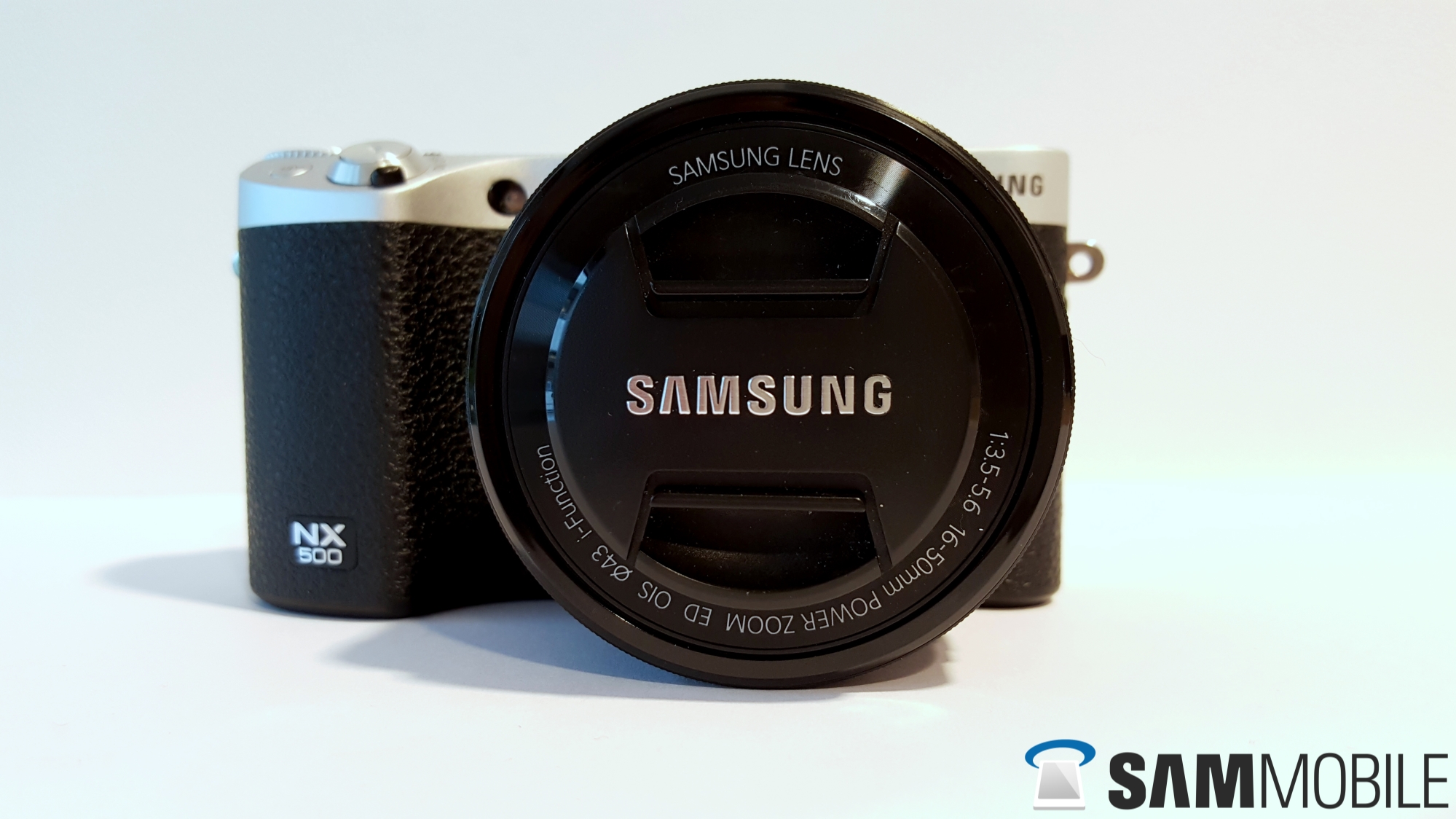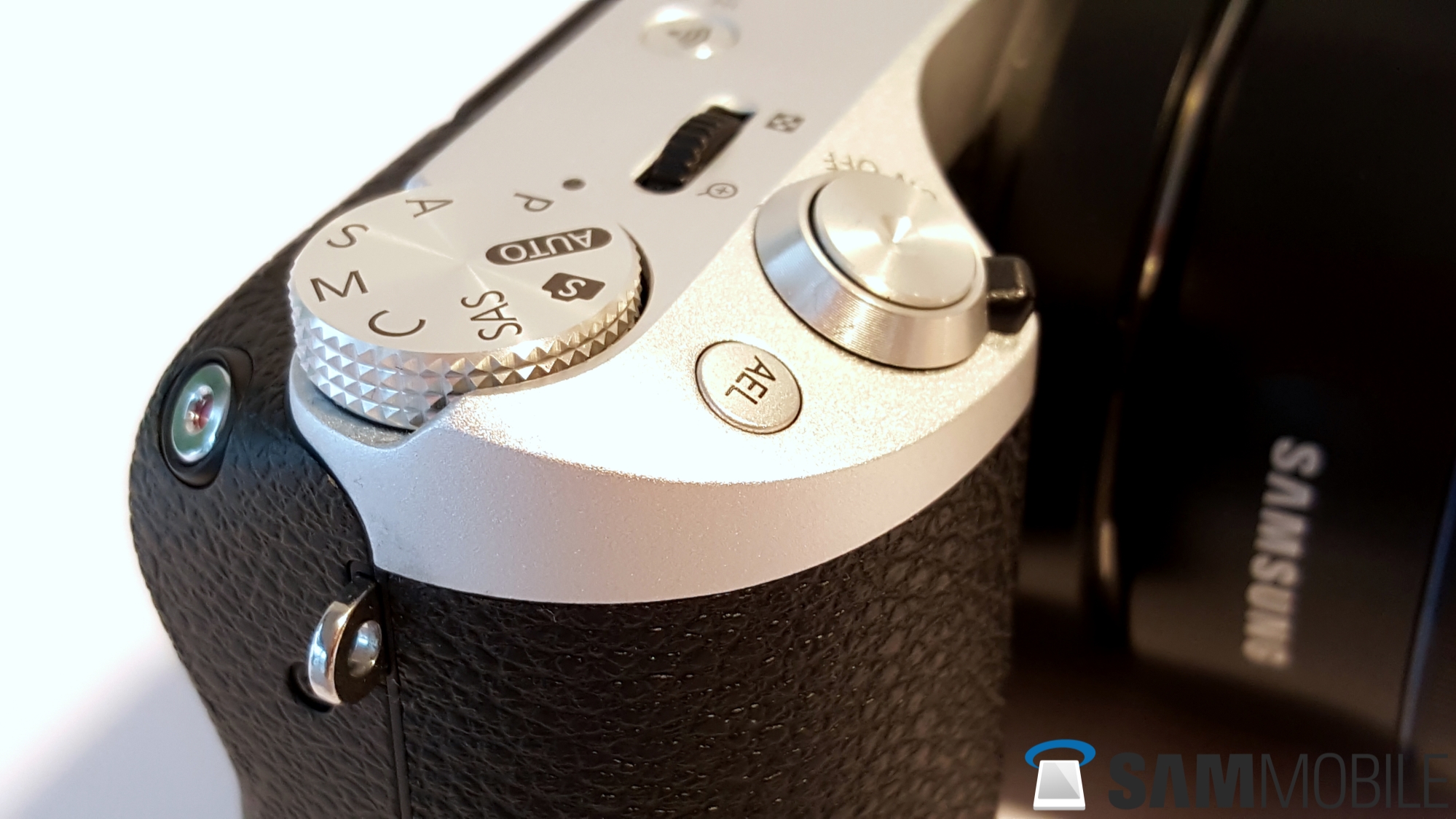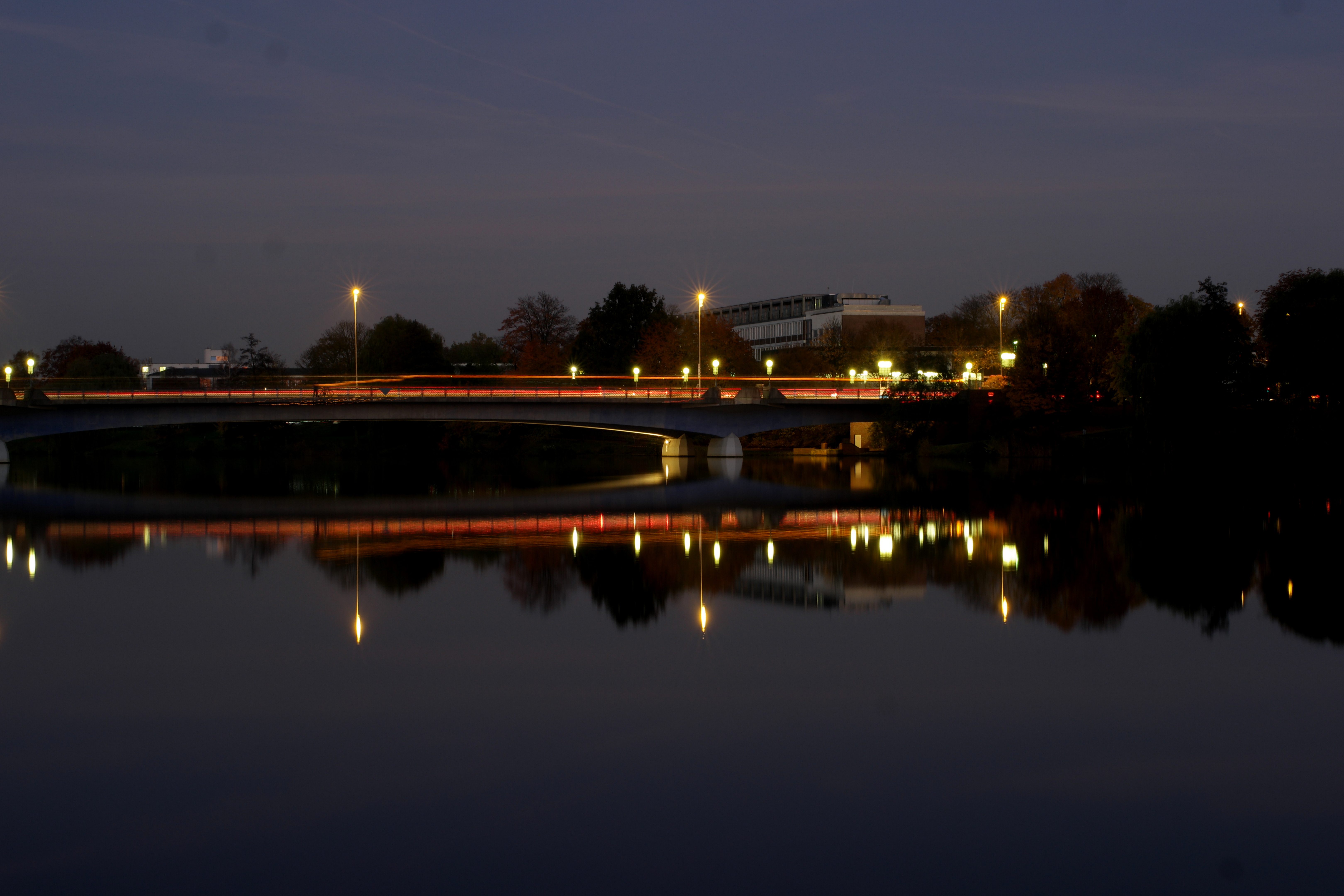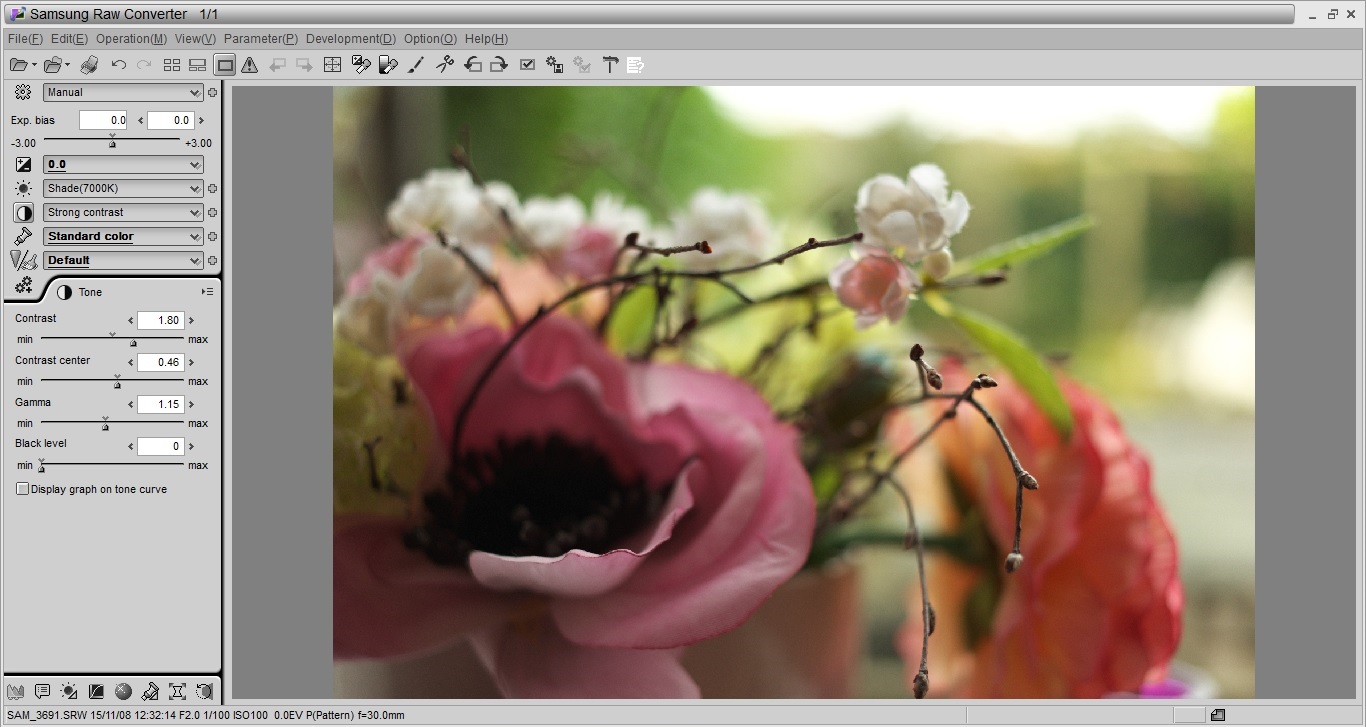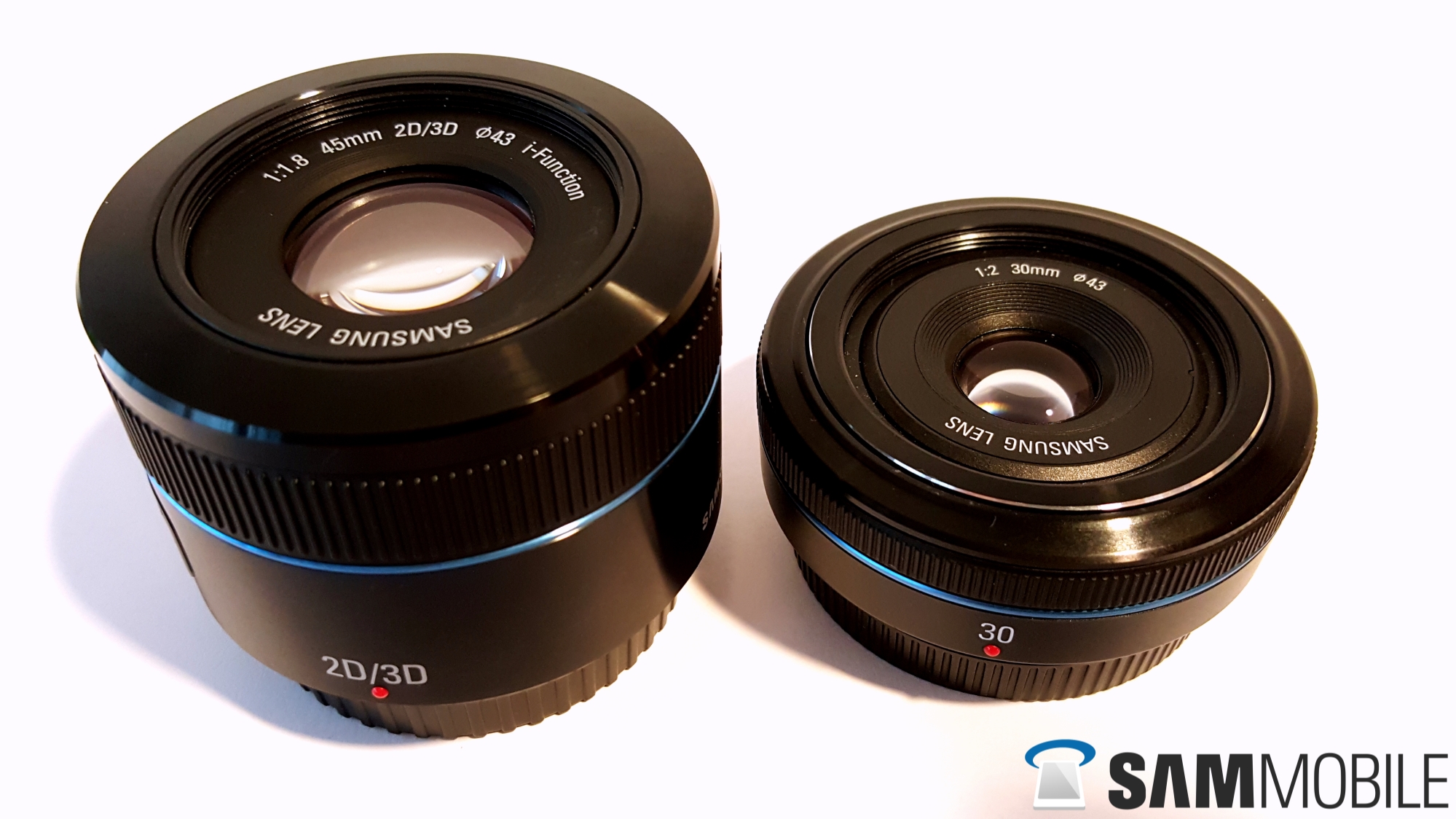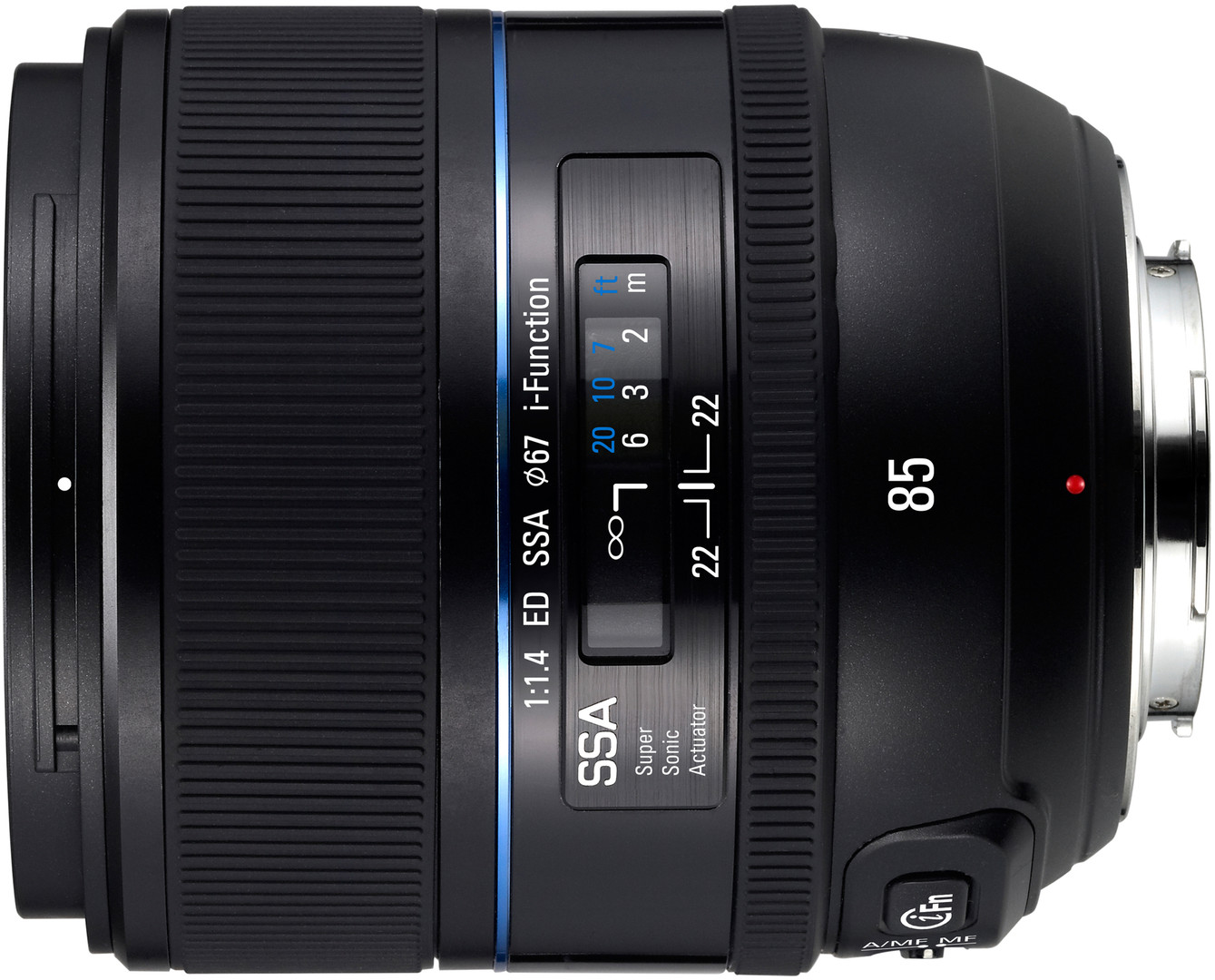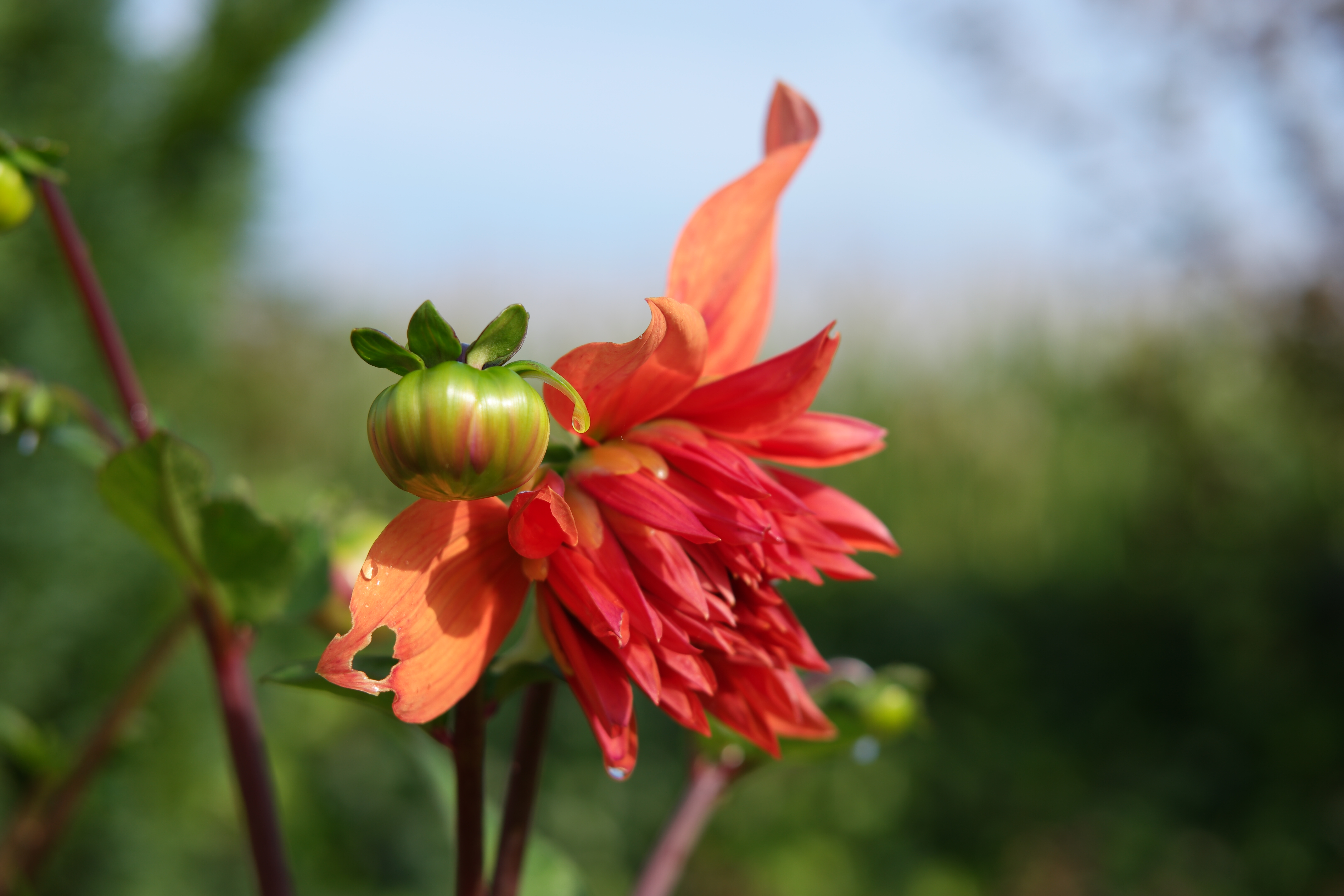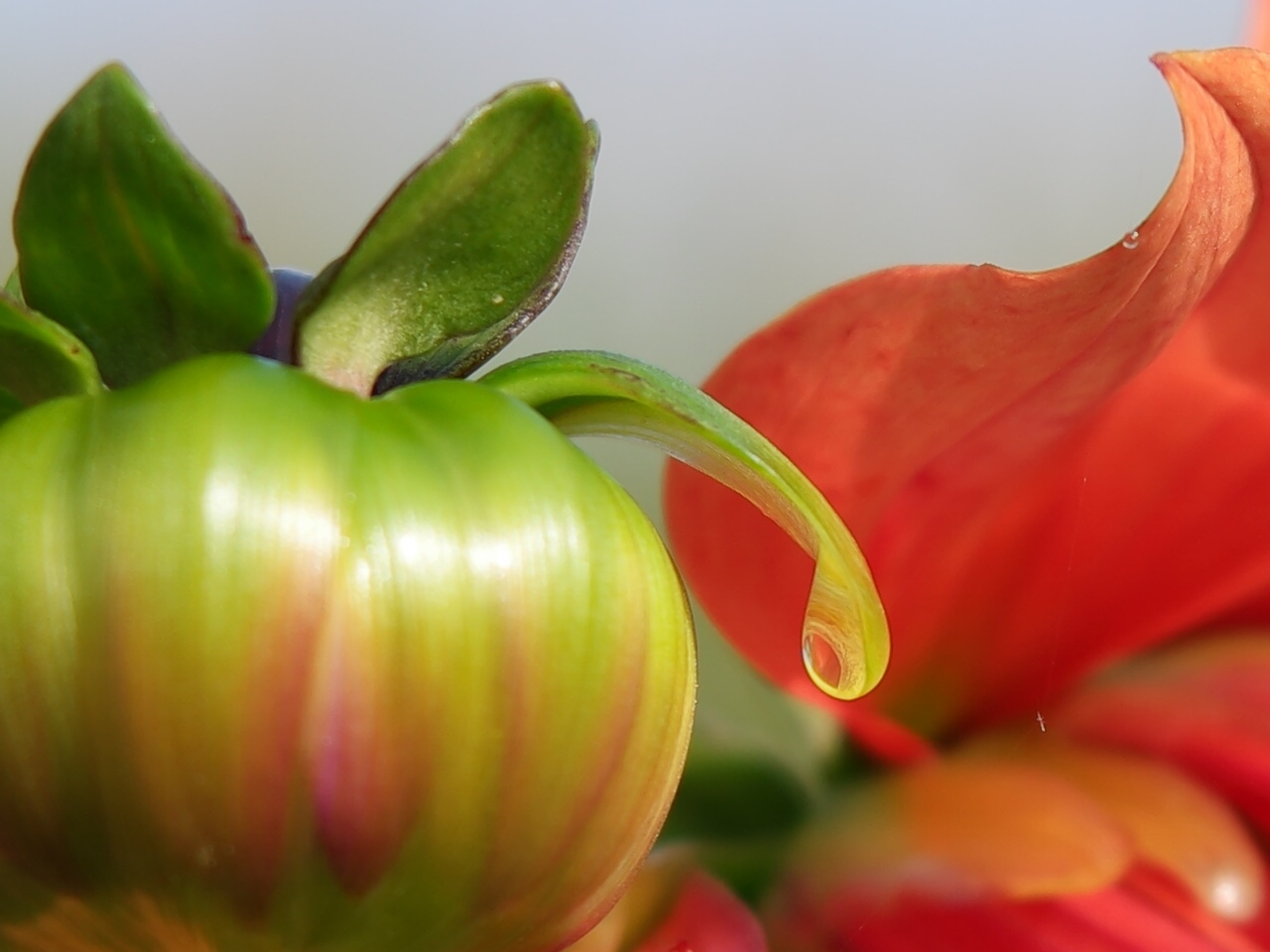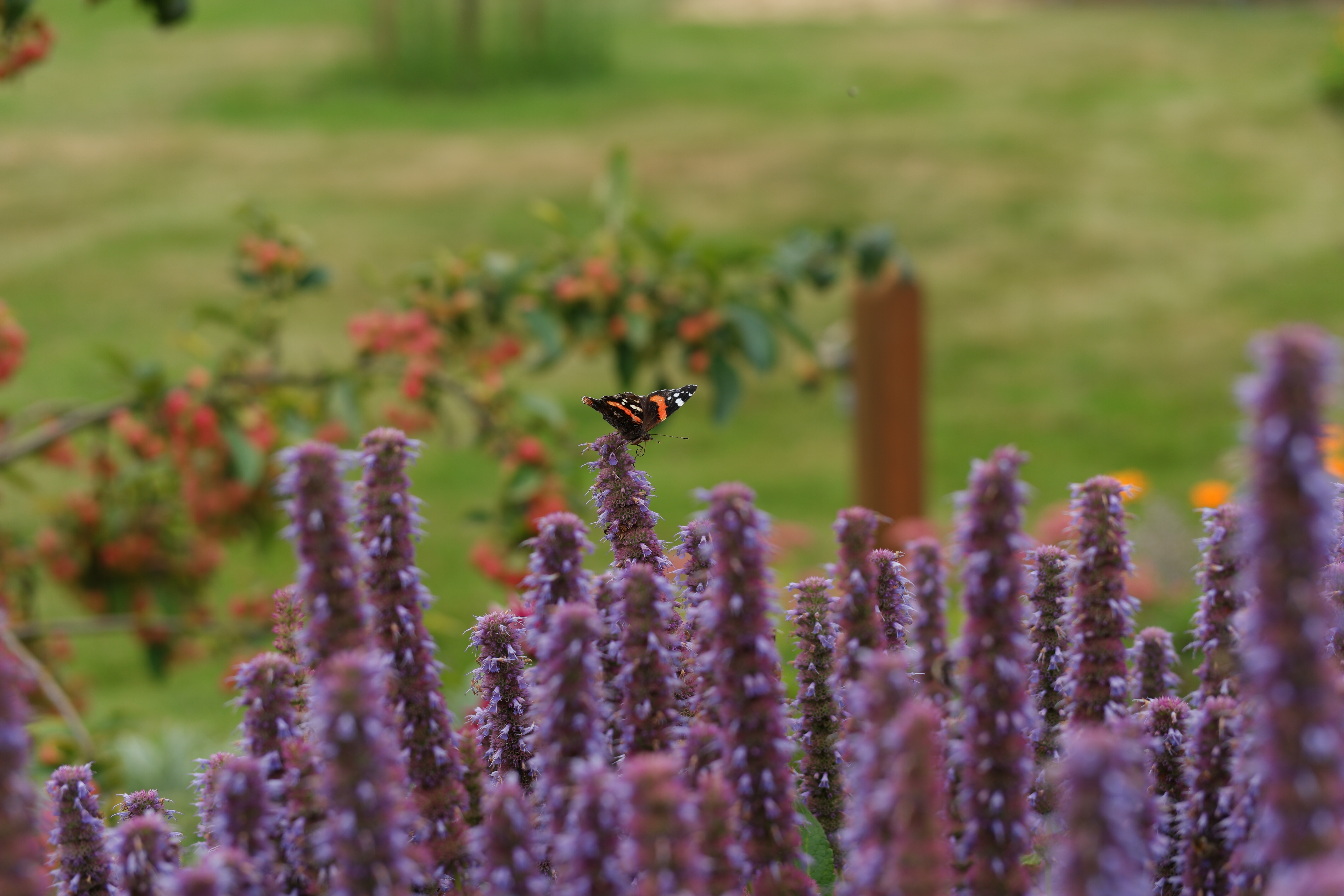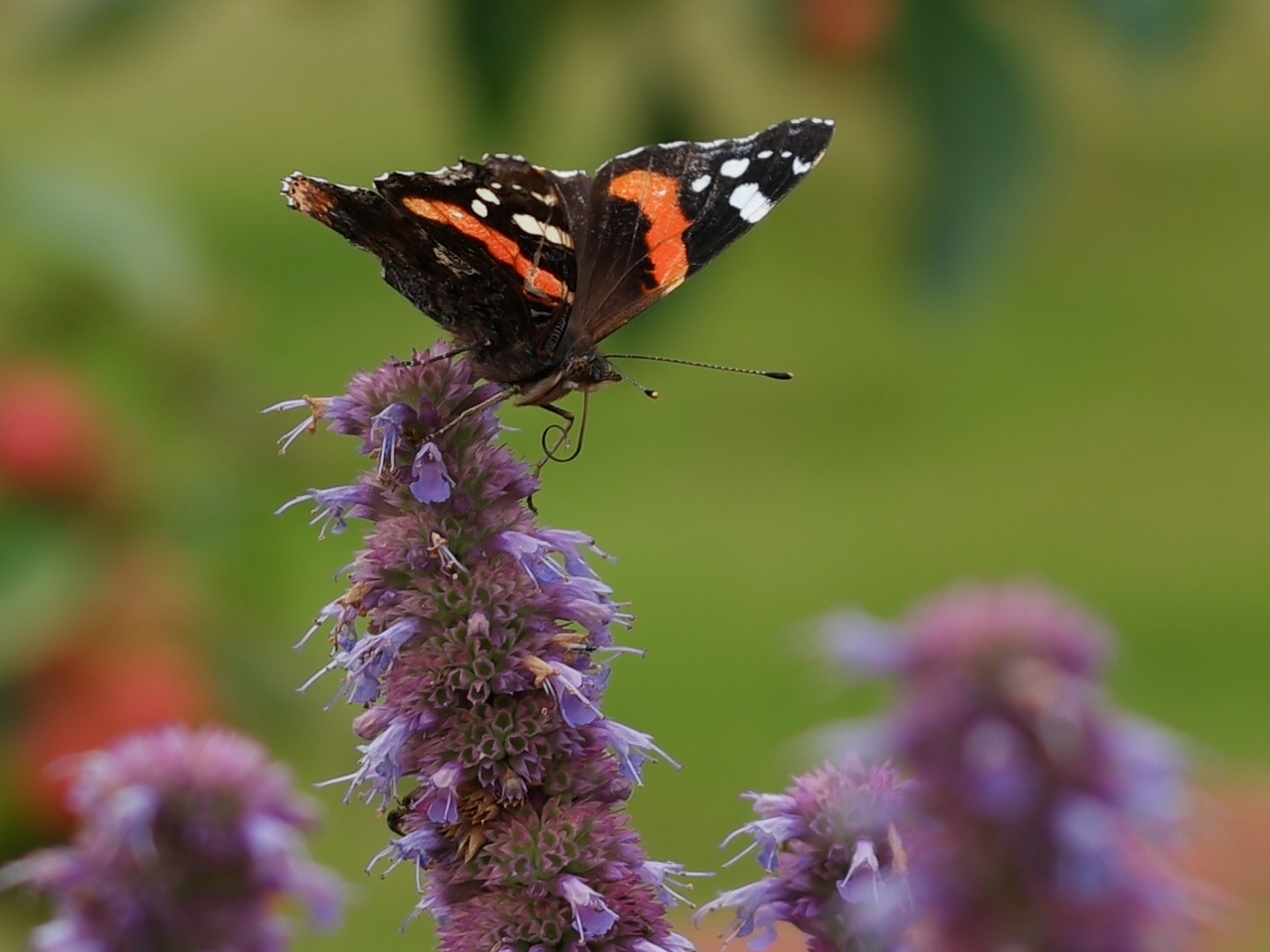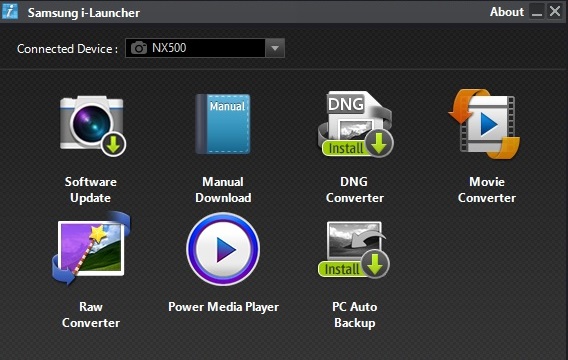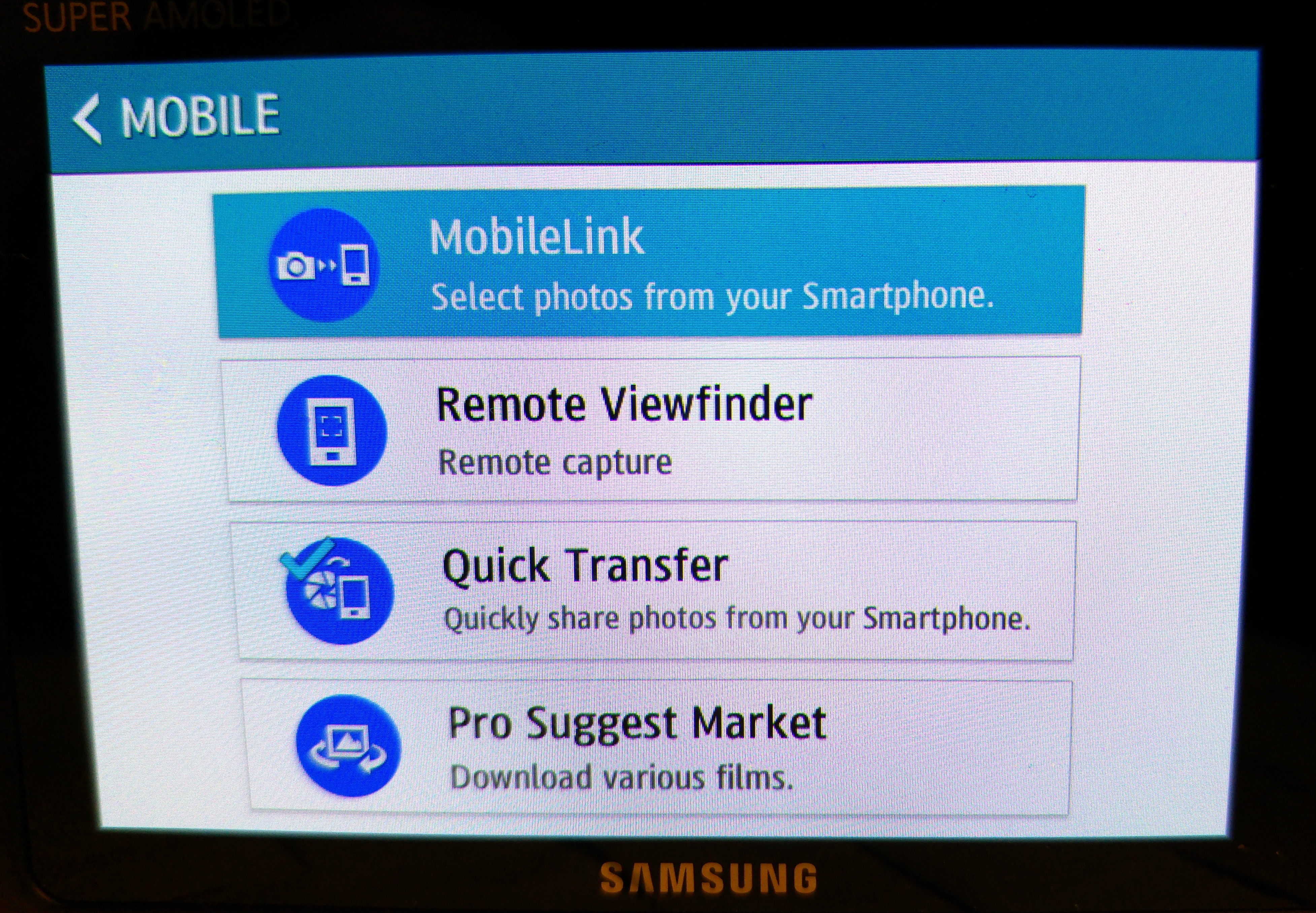The Samsung NX500 was announced in February this year, and has been available for a few months now. We haven’t been publishing about Samsung cameras so far, but we’re starting with a post by our Dutch colleague tech-blogger Marc Wielaert, sharing his experience with the Samsung NX500, possibly the best affordable system camera – his first after using dozens of smartphone cameras.
Introduction: from smartphone to system camera
My smartphone has been my only camera for at least the past five years: what I could capture with it simply suited my needs and I didn’t need to carry a second device. Smartphone cameras showed immense improvement over that period – and so did my shots. I started my own blog comparing smartphone cameras (www.smartcam.club), which I recently put on hold, because after a few years I didn’t notice any major improvements.
I’m still testing smartphone cameras whenever I get the chance, but choosing a system camera has been an important next step for me as a photographer. Samsung was a logical choice. I’ve used all of the Galaxy S range and liked them a lot, noticing serious improvement in imaging up until the Note 4 and Galaxy S6 Edge. But I wanted to be able to make even better shots than even the best smartphones could achieve.
Connected camera with 3 inch touchscreen
Like my smartphones, I wanted my new camera to be “connected”, enabling me to instantly share the results using WiFi or Bluetooth. And of course, I needed a touchscreen interface. Different from my smartphones though, I finally wanted the possibility to exchange lenses – without having to carry a big DSLR: I wanted my next camera to be compact and lightweight. After briefly trying the NX1000 and NX300, I finally chose the Samsung NX500. It doesn’t fit into my pocket, but it’s light and easy to carry in a bag (including a few lenses even). It has everything I hoped for – and more!
Whopping sensor
One thing I found irresistible in the NX500 is the fantastic sensor Samsung blessed it with: a 28.2MP sensor, the exact same one Samsung uses in its flagship camera, the NX1. For the NX1 however, you’ll pay about three times as much and that’s just for the body, so not including any lens. The fact that Samsung uses the same high-end sensor of its flagship in a consumer product still baffles me – I even guess it’s a first in the industry. By the way, if you have read something about the NX1 being discontinued, there's more in this post.
I know a sensor is not about just the amount of megapixels, but the size of the sensor. In this case, it’s a 23.5mm x 15.7mm APS-C backside illuminated CMOS sensor – which means it will not only be able to capture an insane amount of detail, but also much more light in darker situations. ISO setting can be set from ISO 100 up to ISO 25.600. If you want to capture something when it’s really dark, with specs like these a maximum of 30 seconds exposure should really be enough.
Ultra high-res 4K
Autofocus performance is about as good as on the NX1 as well, thanks to Samsung's advanced technology (“NX AF System III”, with 205 on-sensor phase detect pixels). I’ve been enjoying that for the past weeks: autofocus is extremely fast indeed. Goes without saying that the sharpness of your shot depends on the lens and settings you’re using.
If you’re into capturing video, the NX500 will allow you to capture in ultra high-res 4K: both Ultra HD 3840 x 2160 and Cinema 4K 4096 x 2160 resolutions. You can choose lower resolutions as well of course (as low as 640×480). To make sure the video quality won’t use the greater part of your microSD card, Samsung uses a special video codec (H.265 HEVC). This means you will need to convert your video before you can play it on your computer or share it (like on YouTube). I’ve been pleasantly surprised by the sound quality coming from the internal microphones, as you can hear in this quiet static video from a local drum band I captured in Germany.
Possible deal breakers
I’ll share a few possible deal breakers right away: the NX500 doesn’t offer an electronic view finder, meaning you’ll have to work with the display even in very bright circumstances. You can rotate the display though (up to 180 degrees), and since it’s an AMOLED screen, the lack of EVF hasn’t bothered me much, not even in bright sunlight. I know it’s a big deal for some though.
Others will be disappointed by the fact there is no external microphone (nor headphone) jack, meaning you’ll have to work with what the NX500 offers you onboard. That’s not bad at all in itself (using the renowned AAC compression for audio recording), but pro users will probably want to be able to work with more.
There is no internal flash either, but you’ll find an external flash in the box. That will take its energy from the NX500 battery, so using it will affect its endurance. Also, the NX500 doesn't come with an additional charger: when you're using a spare battery you can’t charge the used one at the same time.
On a side note, without using the flash I've been capturing close to a thousand shots on one day and the battery was far from empty. Moreover, the NX500 does power up with a standard micro-USB, which I think is essential nowadays.
Look and feel
Simply put, I love the design of the NX500. It’s obviously a very modern device but has a very classic appearance (I have the black version). The faux leather – much better quality than we’ve seen on the Galaxy Camera range – makes for a very good grip, supported by a special “thumb-ridge” on the back.
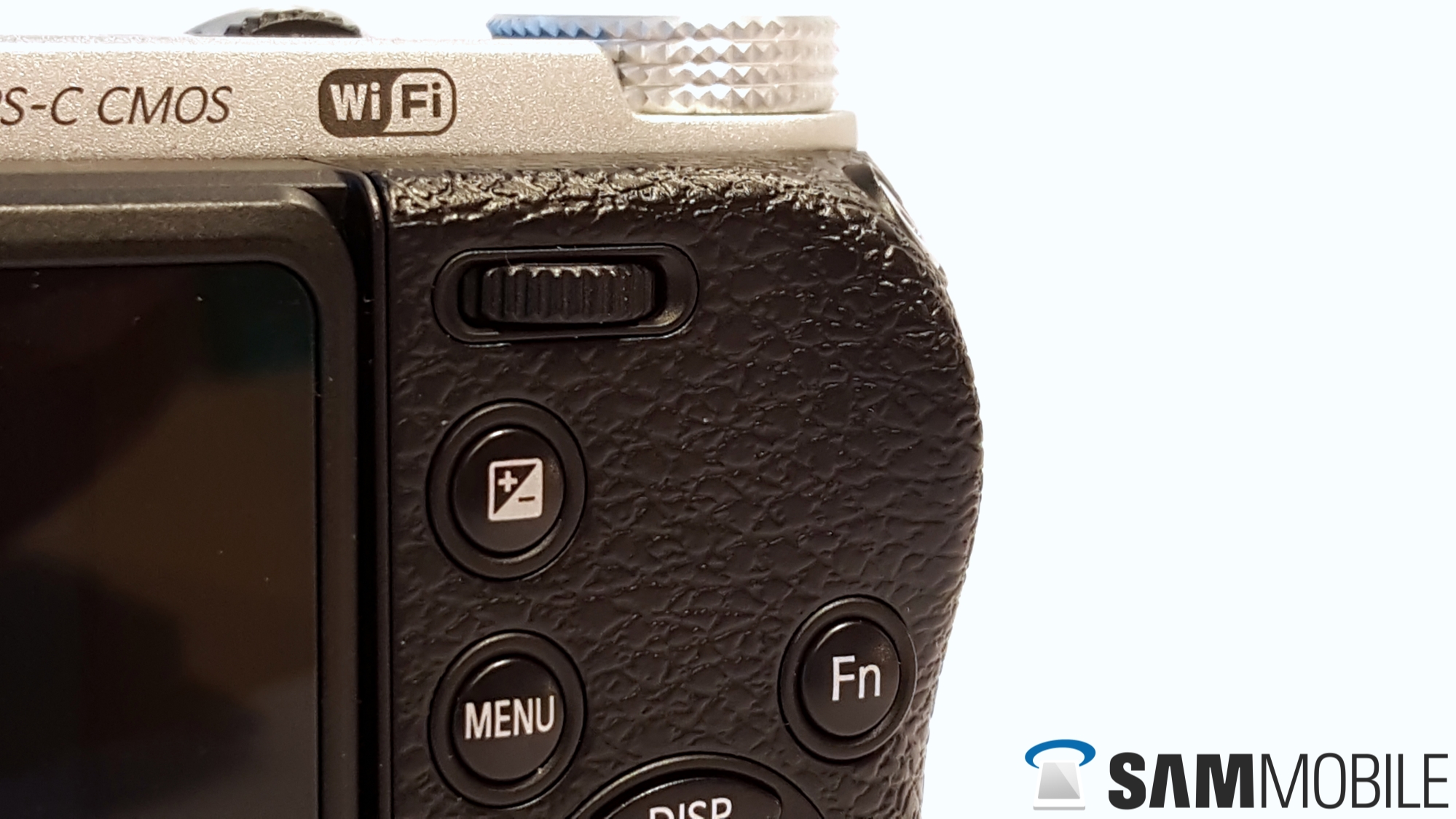
Left from the ridge as well as on top of the device, you’ll find a small scroll wheel to fine-tune specific settings. Depending on which mode you are using, you can either use your index finger or thumb to adjust aperture value (changing the opening of the lens), or shutter speed. It might take some time getting used to, but it’s blazing fast afterwards.
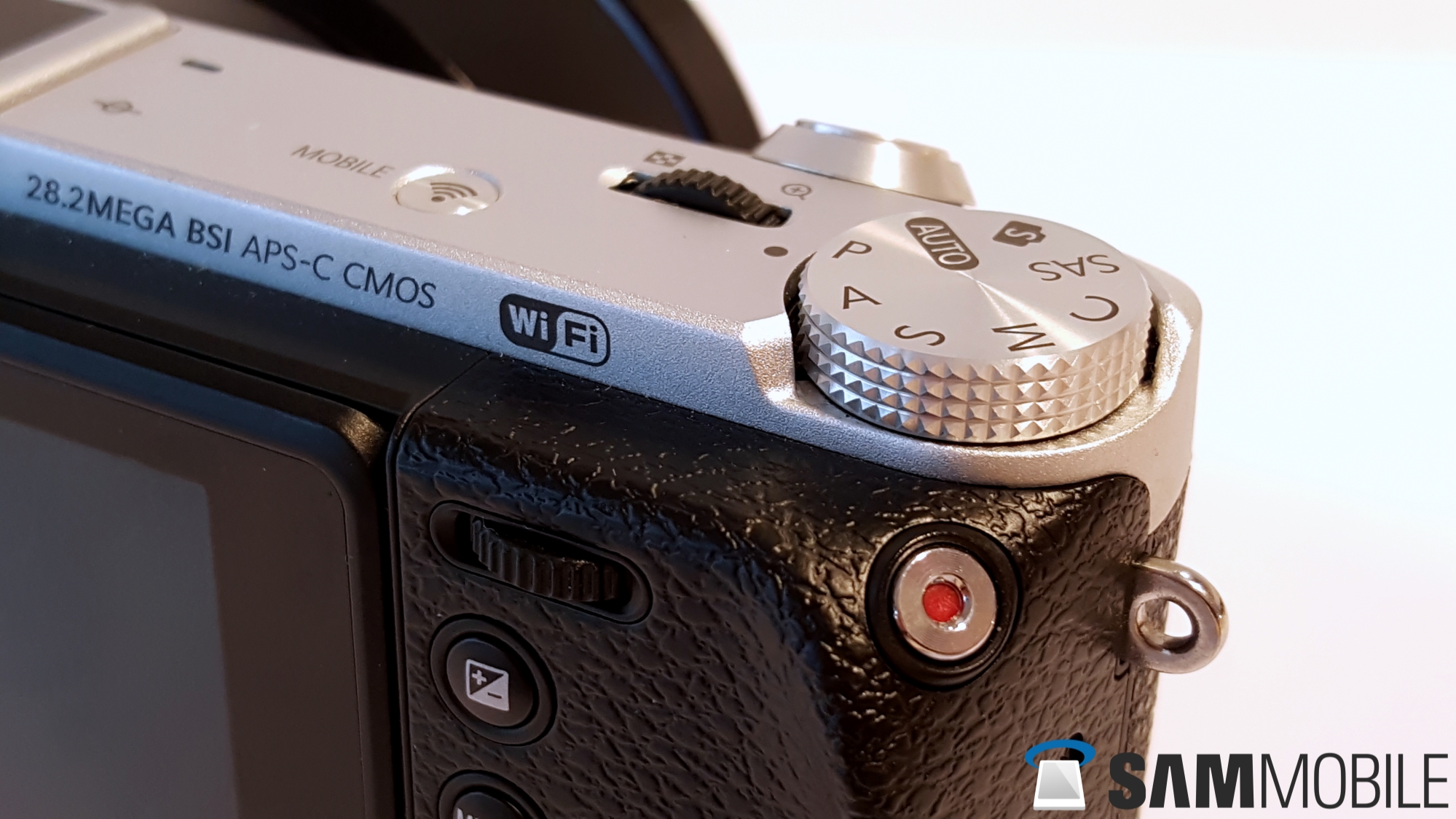
The AMOLED touchscreen display makes it easy to control all the functions the NX500 offers – you can just fingertip your way through the menu and it’s very intuitive. The fact you can turn it all the way up (180 degrees) makes it extremely versatile. It does work wonders for a selfie or a portrait with a friend, but since I’m not that much into the selfie rage, I often use it for a 90 degree angle to be able to capture subjects from a very low level, like with the classic Alfa Romeo Spider you've seen at the top of this post and this mushroom for instance.
In combination with the standard 16-50mm F3.5-5.6 Power Zoom ED OIS kit lens, the NX500 feels very well balanced – easy to hold and really great fun to work with. The kit lens offers surprising quality anyway, especially after a recent software update (see below).
Settings
On top, on the far right side, you’ll find the horizontal scroll wheel for all different settings. One of the more remarkable ones is called SAS. “Samsung Auto Shot” offers clever software for “baseball”, “jump” or “trap” shot. That means the camera will actually see and capture when someone hits the ball or reaches the highest point of a jump. It’s not something I’ve used so far, but I’m sure it might come in handy one day.
Under the S function you’ll find something you probably know from Samsung smartphones already: automatic settings for Beauty face, Landscape, Action freeze, Panorama, Waterfall and so on. Up until now, I only used the Panorama function from these, which works fine in itself but I was disappointed to see how the resolution changes to a way smaller size, resulting in an image with much less detail than I hoped for. So I guess it doesn’t make much sense choosing that option if you want a detailed panorama.
Other than that – and apart from the Auto settings – you’ll find the settings for Program, Aperture priority, Shutter priority and Manual settings.
Speed course: aperture value, shutter speed and ISO
Since this is one of the first posts about Samsung imaging devices here, I'm guessing not every reader is experienced with the basics of photography, so here's a very short speed course about a few of them.
Aperture is about the opening of the lens. Apart from the pretty obvious difference of a way bigger lens and sensor, being able to change aperture is another essential difference with smartphone photography, where aperture is fixed.
With a system camera (and DSLR), maximum aperture depends on the lens you are using. Smallest value (meaning largest opening) on the kit lens of the NX500 is f/3.5. Using other Samsung lenses you can go as far as f/1.4, which means you will be able to capture far more light. Needing less exposure time for a good shot, it's called a “fast lens”.
By changing aperture value, you can adjust the depth of field (DOF). For instance, if you want the foreground to be sharp against a blurry background – to really make your subject stand out – you choose low aperture value. If for some reason you need both the foreground and background to be sharp, you choose a high aperture value – you can change it up to f/22. You’ll need more exposure time, since the lens opening will be much smaller. When in Aperture priority, the camera will calculate the shutter speed you need.
Shutter speed is easier to understand: with a very fast shutter speed you can freeze fast moving objects. The NX500 is as fast as 1/6000 second. Longer exposure time is needed to capture dark scenes and you can open the NX500 lens up to 30 seconds.
ISO is about light sensitivity of the sensor. The lower the ISO value, the less noise you'll get in the picture. On the NX500, minimum is ISO 100, maximum ISO 25.600 (which I in fact never used). The lower you set the ISO value, the more exposure time you will need, so in darker situations it's important to choose higher ISO, especially if your subject is moving.
The example below was captured later in the evening. I wanted longest exposure to capture the light trails of traffic on the bridge in Münster (Germany). I captured it using ISO 200 (for low noise) and 30 seconds exposure time, choosing f/14 aperture.
Last but not least, you can choose the raw .SRW format, a proprietary format Samsung uses for the “digital negative”. Using programs like Lightroom or Photoshop, you can squeeze the best out of what the sensor captured, but if you don’t own these programs, you can also get a pretty good result from your files using the Samsung Raw Converter – not as elaborate as the famous other programs, but easy to work with and free.
Lenses
Lenses are measured in “millimeter”. The lower the value, the wider the view – higher values get you closer to your subject. Zoom lenses combine different values, and OIS stands for “optical image stabilization” – to avoid blurry shots.
The Samsung 16-50mm F3.5-5.6 Power Zoom ED OIS kit lens performs remarkably well for something that comes “standard” and I did notice improvement in sharpness after a software update. Generally speaking, I use the kit lens most since I like to use its zoom capacity. But the possibility to change lenses was one of the reasons I wanted the NX500 in the first place, and I noticed even better results coming from my 45mm f/1.8 and 30mm f/2 lens.
You might notice the 2D/3D sign on the 45mm f/1.8 lens – haven't used 3D so far, just bought this version since it's the one I found and you can get the same lens without the 3D option. These lenses are not even near the best Samsung has to offer though, like the 85mm f/1.4 lens, or the 16-50mm S lens (f/2-f/2.8) (both will cost you more than what you’ll pay for the camera itself, including the kit lens). In a future post I hope to be able to share some of my experiences with the best Samsung NX series lenses.
Working with the NX500
It took me quite some time to discover its possibilities and I’m very sure I still have much to learn, but I definitely got what I hoped for with the Samsung NX500. Fantastic detail from its brilliant sensor, a very intuitive user interface thanks to well-placed buttons and, of course, the ease of a touchscreen. Moreover it’s very easy to copy my shots to my smartphone or tablet and share from there.
I never work using its auto settings though (unless light circumstances are hard and time is too limited to figure out what the best settings would be). Always choosing auto would be wasting your money however: in general you really need to choose a certain mode which will suit what you want to capture best. And there’s much to choose from as well.
I’ll just share a few shots as an example. You'll see the original followed by a crop from the same shot, to show the amazing detail you'll be able to capture. I'll link to much more examples at the bottom of this post.
Samsung i-Launcher
When you connect the NX500 to your PC or Apple, you’ll have the possibility to install the Samsung i-Launcher. Here you can download the full user manual, and it’s the most easy way to install software updates. It will check for updates of the device itself and for the Samsung lens you have attached to it – so it's useful to check for updates for every lens you own.
From here, you can download an impressive bunch of software I’m sure you’ll like to use. A DNG and RAW converter for instance, or a Movie Converter to change your 4K footage into something you can actually share – because of the specific H.265 Codec Samsung is using, you can’t just copy and play the 4K files on your PC.
Looking for a fast solution for this, I learned about free software that will play your 4K footage without a problem (on Windows 10 that is, not sure about previous Windows versions): PotPlayer.
Samsung Camera Manager
The application you’ll want on your smartphone or tablet is called “Samsung Camera Manager”. Just like you can use the new Gear S2 smartwatch with other brands, Samsung doesn’t demand you to buy their smartphone as well, so you can install the application on other Android devices. In this case, there is even a version for the iPhone and iPad (no official version for Windows Phone yet as far as I know).
Among other things, it will show the shots you captured on the NX500 on your smartphone (or tablet) and it will allow you to copy the ones you want in the same resolution. Also, Camera Manager works as a “remote viewfinder”, so you can use the display of your smartphone or tablet as a viewfinder (also when your NX500 is on a tripod somewhere else – but of course close enough not to lose the Bluetooth connection).
The Rumor Mill
There have been quite a few rumors going around in the infamous internet rumor mill – sites usually quoting each other, all based on the very same source (like one Korean newspaper). Samsung has only reacted to the first one in September, so the idea Samsung could be leaving the camera market (like it suddenly left the laptop industry), is now making quite a few fans of the NX series nervous.
Yesterday a new rumor surfaced that Samsung would indeed stop selling the NX1 in Europe – and of course it's spreading all over the web. As usual, the rumor mill has been started by one source – and one source only.
This time – on the site's forum – it's a “reply” written by “someone” from Samsung, quoted “We quickly adapt to market needs and demands. In Europe, we will be discontinuing sales of NX1 cameras for now since there is already much better and upgraded cameras. This is specific to the region – and is not necessarily reflective of conditions in other markets. We will continue to thoroughly evaluate market conditions and will make further adjustments to maintain our competitiveness in emerging Camera categories.”
It's a confusing statement and as far from an official confirmation from Samsung as one can imagine. The conclusion “Samsung NX1 officially dead” is far-fetched. Samsung has spent an enormous amount on R&D for the NX series (new devices, great lenses, software updates) and leaving the market when they are building a solid reputation would be a very irrational thing to do. Even if Samsung would decide to leave the pro-market by abandoning the NX1, it doesn't mean it would be ditching the entire NX series. Truth is: we simply don't know. A new official statement would be more than welcome by now.
Conclusion
The Samsung NX500 turned out to offer more than I ever expected and has definitely been a big step up after working with the best smartphone cameras for years. Although I’ve been very satisfied with the results coming from a huge amount of great performing smartphones, it’s obvious what I’ve been depriving myself of. I just never wanted to carry an extra device.
No doubt, the amazing same-as-on-the-NX1-flagship sensor is responsible for my better shots. The standard 16-50mm F3.5-5.6 Power Zoom ED OIS kit lens has been of great influence as well, but I’ve noticed even better shots coming from my Prime NX lenses (the 30mm f/2.0 and 45mm f/1.8) – I can only imagine what it will be like to work with some of Samsung’s high-end lenses.
I guess I’m old-fashioned regarding video – much more into photography myself – and I’ve been amazed what I can achieve shooting in 4K. Of course you’ll find 4K video already in smartphones (from the Galaxy S5 onwards), but recorded with these optics the result is something else and offers amazing detail! You’ll have to use a converter before you can view the result on your PC, unless you install dedicated software like PotPlayer.
I was pleasantly surprised by the quality of the sound – no clipping as I expected recording high volumes like in the example above. I’m sure the sound could even be better coming from an external microphone, so pro users do need to have a look at the much more expensive NX1 after all (and get the electronic viewfinder at the same time).
The NX500 is remarkably light (depending on the lens you’re using of course) but it feels really sturdy. It’s easy to carry as it’s easy to use: the touchscreen interface is brilliant and the buttons are well-placed (you won’t even have to look after a while). The “thumb ridge” really adds to your grip on the device. Thanks to the rotating display I’m able to capture shots from ground level (without having to lie down or just guess what I’m capturing) – or it enables me to capture shots from way over my head. Rotating up to 180 degrees is ideal for “selfies”.
I’m enjoying the free Samsung Camera Manager. On a smartphone or tablet it shows all the shots I captured on my NX500 and it really is a breeze to select those I want to copy – to have a detailed look at the result or share it without needing my laptop.
In all, I think the NX500 offers amazing value for money and by now you can buy one for a lot less than its suggested retail price ($800). Coming from smartphone photography though, I was surprised to learn a great lens may cost you more than you ever paid for your best smartphone. With some luck you can find some interesting prime lenses on the second hand market if you can’t afford to spend much on new ones. Since Samsung is a relativele newcomer in this industry, there’s not too much out there yet though, but that's only a matter of time I guess.
If you want to buy new, there's a wide range available for the Samsung NX series. In all, I'm sure I made the right decision choosing the Samsung NX500: like with my smartphone, I hardly ever leave home without it. You'll find a few dozens of shots I captured with the NX500 here on Flickr.
| Pros | Cons |
| Amazing 28.2MP sensor | No electronic view finder |
| 3-inch AMOLED touchscreen (rotates 180 degrees) | No microphone/headphone jacks |
| Intuitive user interface | No built-in flash |
| 4K video with space saving codec | No external charger |
| Connected (Wi-Fi, Bluetooth) | |
| Regular software updates for camera and lenses | |
| Samsung Camera Manager for Android and iOS | |
| Samsung i-Launcher offers useful software | |
| Charges with microUSB | |
| Compact and lightweight | |
| Great build quality | |
| Includes external flash | |
| Great value for money |

